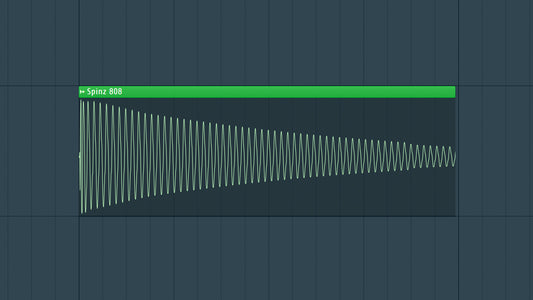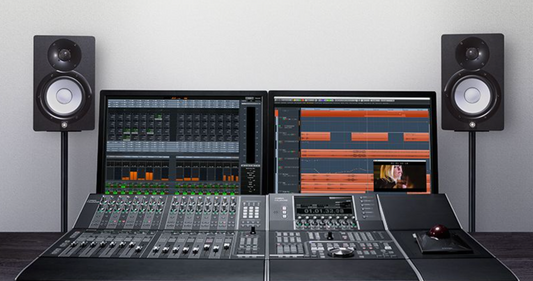Introduction
One of my personal favorite genres to make is definitely House, and making House music in Ableton live is actually extremely easy! Known for its infectious beats and danceable rhythms, House music has been a staple in the electronic music scene for decades. Crafting a compelling house beat in Ableton Live involves a blend of rhythmic precision, creative use of samples, and an understanding of the genre's signature elements. In this blog post, we'll take you through a step-by-step guide on how to create a vibrant and groovy house beat using Ableton Live.
DOWNLOAD 20+ FREE SAMPLE PACKS - CLICK HERE!

Step 1: Setting the BPM and Creating a New Project
Before diving into the beat-making process, set the project's BPM (Beats Per Minute) to a typical house range, usually between 120 and 130 BPM. Create a new project in Ableton Live, and you're ready to start building your house groove.
Step 2: Choosing the Right Drum Kit
Selecting the right drum kit is crucial for achieving an authentic house sound. Ableton Live offers a variety of built-in kits, or you can explore third-party sample packs to find the perfect kit for your track. Look for kits with punchy kicks, crisp snares, and a selection of hi-hats.
Step 3: Creating the Kick and Snare Pattern
The foundation of any house beat is the kick drum. Place a solid kick on the first and third beats of each bar, creating a steady four-on-the-floor rhythm. Add a snare on the second and fourth beats to enhance the groove. Experiment with different kick and snare combinations to find the right feel for your track.
Step 4: Adding Hi-Hats and Percussion
Inject energy into your beat by introducing hi-hats on the off-beats. Create a continuous closed hi-hat pattern, commonly known as "shuffling," to give your house beat its characteristic bounce. Layer in additional percussion elements, such as claps, shakers, or congas, to add complexity and texture.
Step 5: Experimenting with Rhythmic Variations
House music thrives on rhythmic variations. Experiment with subtle changes in your drum pattern, such as introducing double kicks, snare rolls, or hi-hat variations, to keep the beat evolving and engaging.
Step 6: Incorporating House Elements: Bass and Synths
Enhance your beat with essential house elements. Create a bassline using a synth or a sampled bass, focusing on a simple, driving pattern that complements the rhythm. Introduce melodic elements like chords or stabs to add depth and character to your house groove.
Step 7: Applying Effects and Processing
Use Ableton Live's built-in effects and processing tools to polish your beat. Experiment with reverb, delay, and compression to add space and dynamics. Apply EQ to shape the frequency spectrum and ensure each element sits well in the mix.
Step 8: Arranging Your House Beat
Once satisfied with your beat, start arranging your track. House music typically follows a straightforward structure, with an introduction, buildup, breakdown, and drop. Experiment with arranging your elements to build anticipation and maintain a dynamic flow.
Step 9: Mixing and Refining
Fine-tune your mix by adjusting volume levels, panning, and EQ. Pay attention to the balance between the kick, bass, and other elements to achieve a clean and impactful sound. Use compression to control dynamics and ensure a cohesive mix.
Step 10: Finalizing and Exporting
Take the time to listen to your house beat in its entirety. Make any final adjustments, and when you're satisfied, export your track to share with the world.
DOWNLOAD 20+ FREE SAMPLE PACKS - CLICK HERE!
Conclusion
Crafting a house beat in Ableton Live is a journey of rhythm, creativity, and sonic exploration. By following these steps and experimenting with different sounds and patterns, you'll be well on your way to creating a vibrant and dance-worthy house track. So, fire up Ableton Live, let the creative juices flow, and immerse yourself in the infectious world of house music production. Groove on!




